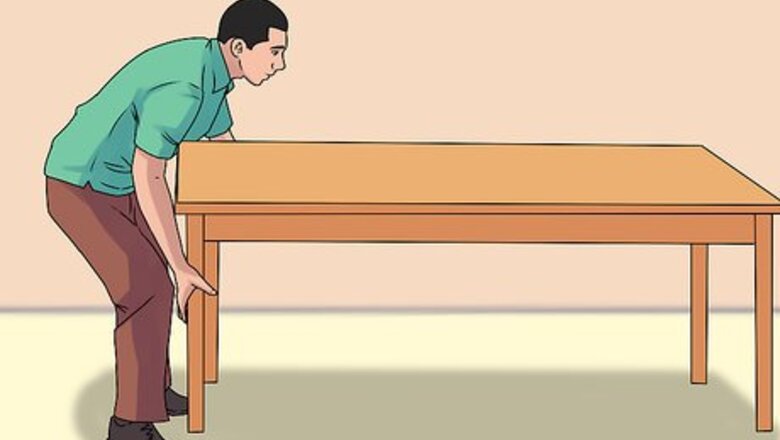
views
Organizing Your Work Space
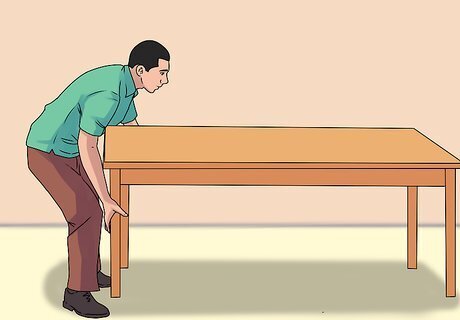
Move the object when possible. Removing paint is messy business, and if the object you're stripping is small enough, move it to an outdoor or semi-outdoor location before starting. This could be a patio, driveway, outdoor work area, or even an open shed or garage. Moving the item is ideal for small furniture, doors, fixtures, and other portable items.
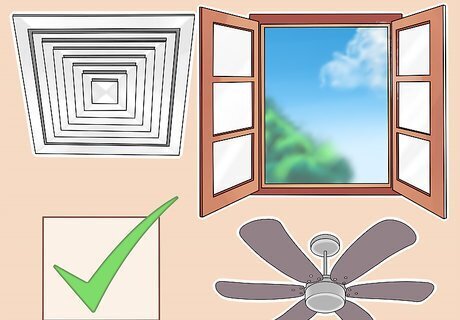
Provide ventilation. Sometimes it’s not possible to move the object you're painting, either because the item is too large or not portable, or because the weather won’t allow it. When you can't move the item outside, open windows, open vents, and turn on fans to provide plenty of fresh air in your workspace. This applies when you're working with large and heavy furniture, walls, and other items that cannot be moved.
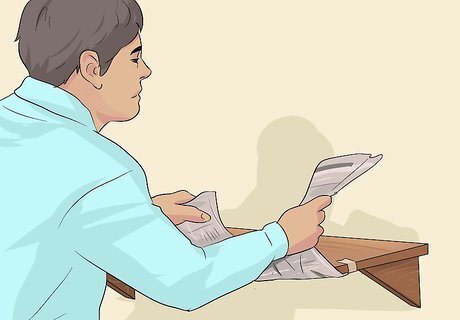
Remove or cover nearby items. Paint stripping requires you to scrape and sand, and this produces a lot of dust. If you aren't able to move your item from its position, remove other objects from the room to protect them. This includes furniture, pictures, decorations, rugs, and any other furniture or items that may be in the room. Cover anything that can't be removed with a protective 6-mil plastic sheet. Tape the sheet in place so dust can't seep under.
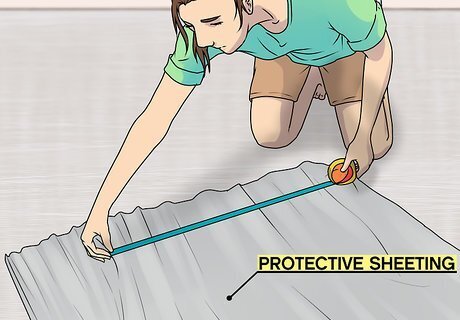
Lay down protective sheeting. Protect the floor around the object you're stripping with 6-mil plastic sheeting. Use painter’s tape to tape the sheet in place. This will prevent chemical stripper, paint, and dust from damaging the floor below. For a small object, spread out the sheet and place the item on top. For a large or immobile object, cover the ground around the object with the sheet. Make sure you have an extra 6 feet (1.8 m) of plastic around the object. If you're stripping walls, cover the entire floor area with the sheeting and tape the plastic to the baseboards.

Protect yourself. Chemical paint strippers, paint, and dust are dangerous to breathe in, and you don’t want these things on your skin or in your eyes. Wear personal protective gear anytime your stripping paint, and this includes: Chemical-resistant gloves, such as green nitrile or black butyl rubber Wrap-around safety glasses Long sleeves and pants Respirator outfitted with cartridge for paint strippers, especially if you're working indoors EXPERT TIP "I use masking or duct tape to tape the end of my gloves to my shirt, so if the liquid stripper splashes, it doesn't get on my skin." Norman Raverty Norman Raverty Professional Handyman Norman Raverty is the owner of San Mateo Handyman, a handyman service in the San Francisco Bay Area. With over 27 years of experience, Norman has expertise in all five of the general building trades (carpentry, ceramic tile, drywall, electrical, plumbing). Norman Raverty Norman RavertyProfessional Handyman
Applying a Chemical Paint Stripper
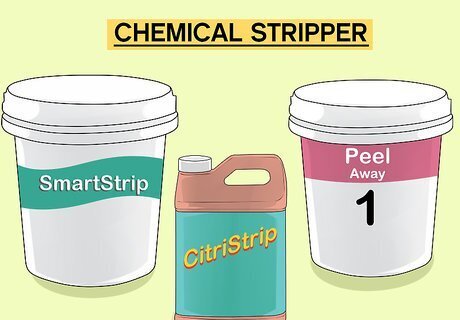
Choose a chemical stripper. There are many types of paint strippers on the market, and they’re all good for different surfaces and areas. The chemical stripper you choose will depend on the object you're stripping (such as a wall versus furniture), how many layers of paint you're dealing with, and how old the paint is. Citrus-based strippers like CitriStrip are more environmentally friendly than their traditional counterparts. These strippers are generally good for up to four layers of paint at a time, and are ideal for flat surfaces and some furniture. Pastes like SmartStrip and Peel Away 1 are ideal for tough jobs, and can even be used on uneven surfaces like brick. These types of strippers can remove up to 30 layers of paint at once, and require less scraping than other chemical stripper types. This type of stripper isn't great for furniture, as it can stain. Some paint removers contain methylene chloride, which is an old, effective, and fast-acting chemical stripper. While this chemical agent is good for most surfaces and jobs, it is very caustic and releases a large amount of volatile organic compounds.
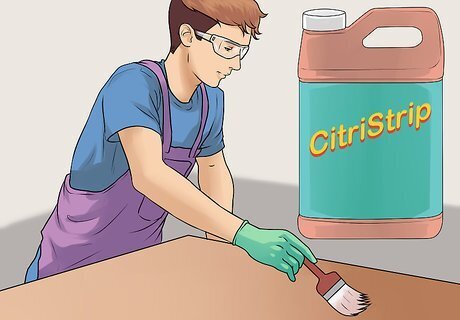
Brush, spray, or roll on the chemical stripping agent. Chemical paint strippers come in liquid, paste, and gel forms. Follow the manufacturer’s instructions regarding exact application quantities and techniques. Gel strippers like CitriStrip can be applied with a brush or roller. Pastes like SmartStrip and Peel Away 1 should be applied with a trowel. Liquids can be brushed or rolled on. For two-part systems like Peel Away 1, apply the paper provided after you’ve coated the surface with the stripping agent. For fast-acting strippers like methylene chloride, work in small areas if you're removing paint from a large surface, otherwise the stripping agent will dry. Apply the stripping agent to a small surface, let it dwell, scrape off the paint, and then move on to a new area.
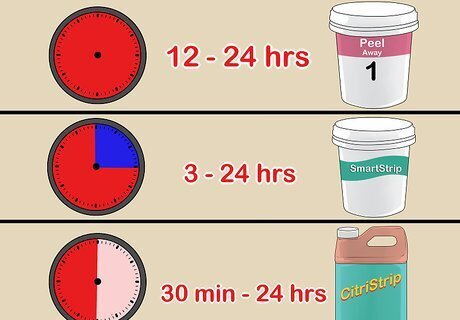
Let the stripping agent dwell. Dwelling time is the amount of time a chemical stripping agent must stay on a surface to properly soften and dissolve the paint. For most chemical strippers that contain methylene chloride, the dwell time is only 20 to 30 minutes. The dwell time for Smart Strip is between three and 24 hours. The dwell time for CitriStrip is between 30 minutes and 24 hours. The dwell time for Peel Away 1 is between 12 and 24 hours. After the minimum time, you can begin testing a small patch to see if the paint will scrape off. If the paint isn't ready, give the product more time and then test again.
Removing the Paint
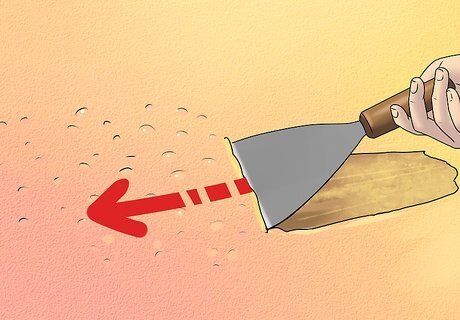
Scrape off the paint. Once the chemical paint stripper has had time to soften and dissolve the paint, you'll be able to scrape the paint off the wall. Start at a section of bubbling paint and use a plastic paint scraper to get under the peeling paint. Hold the scraper at a slight angle out from the wall and push it under the paint to scrape it off. For two-part systems like Peel Away 1, you don’t need to scrape or scrub. Instead, just peel off the paper layer and most of the paint will come with it.
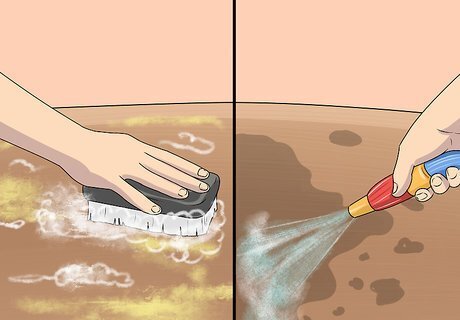
Scrub and rinse the area. Once you’ve scraped away the paint and stripper, you'll have to rinse the area to clean it. The scrubbing and rinsing method depends on the type of paint remover you’ve used: For Peel Away 1, scrub the surface with a wet nylon brush to remove residue. Leave the surface to dry, and then spray it with the neutralizing solution Citri-Lize. Scrub the area with a nylon brush, rinse with water, and allow to dry. For SmartStrip, scrub the residue with water and a nylon brush. Rinse the area with a damp cloth and allow to dry. For CitriStrip, scrub the area with mineral spirits and a scratch-free abrasive pad.
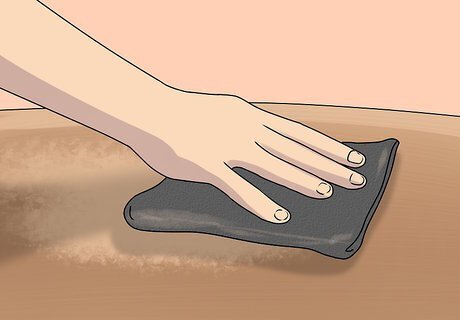
Sand the area. Sanding will remove dust, dirt, and any paint or chemical stripper that’s been left behind. Use a fine-grit sandpaper. For small surfaces, sand the area by hand or use a sanding block. For larger surfaces, use an orbital sander to make the work more efficient. For wood surfaces, sand in the same direction as the wood grain to avoid swirl marks.
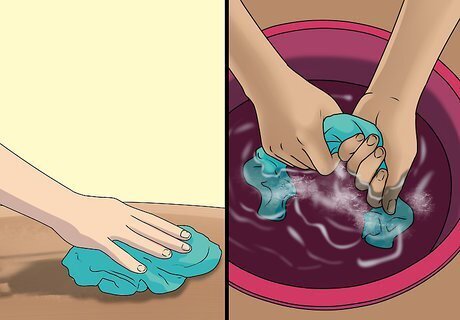
Dust and clean. Use a damp rag or lint-free cloth to wipe down the entire surface that you’ve sanded. This will remove dust, paint, and chemical particles. Rinse the cloth often if you're working with a large surface. After cleaning, let the surface dry. Vacuum the area to remove any leftover dust. Once you’ve finished, you can paint or refinish the surface you just stripped.















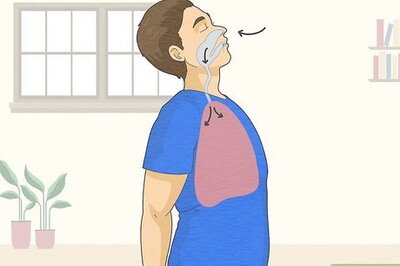

Comments
0 comment